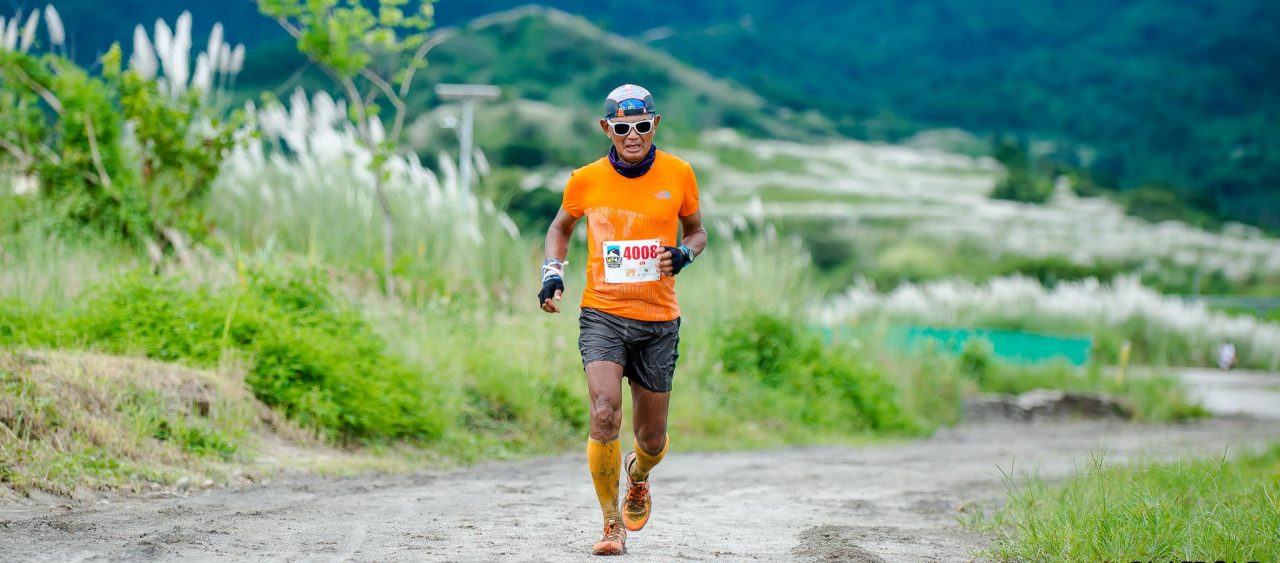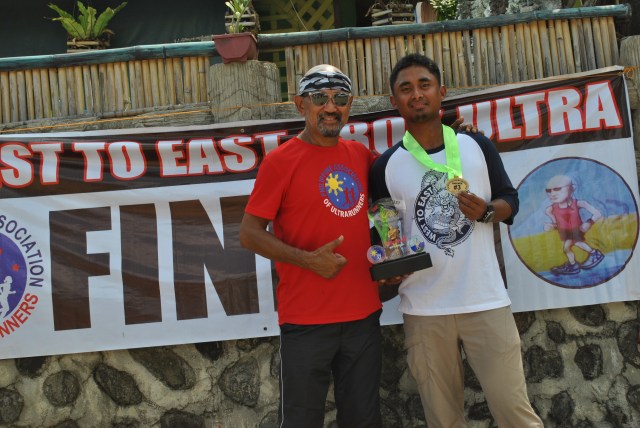If you are an average runner, “middle or back of the pack” runner or Social Media runner, running will make you poorer but there are intangible benefits that you can get from it.
The following reasons why running will make you poorer:
- Running is Addictive——Running is like a “drug” for the mind and the body that the more you are comfortable with it, the more you would challenge yourself to be faster or run longer. Having said that, there are “rippling effects” to such addiction and the next reasons will validate my theory. (Note: Running is an addiction that will NOT lead you to kill, steal, or rape somebody!)
- Indecision Which Running Shoes’ Brand You Will Be Loyal To ——Most of running friends are attracted to the color combination and physical appearance of the shoes. Some also would think that the more expensive the shoes are, the better for them to brag to their running friends. There are also runners that would prefer to buy shoes that are being used by International Champions whether they are road marathon elite runners or mountain ultra trail runners. You will be wondering why average/middle of the pack and back of the pack runners are using the brands like Salomon, HOKA ONE ONE, and expensive models of ALTRA or ASICS. It is a “bragging right” to have these shoes in the social media because they are very expensive. Result? You pay and spend more even if a cheap NIKE or New Balance or Merrell or Skechers can do the job you need in a running event.
- Looking Good In Ones Running Apparel——I don’t understand why most of the runners are fond of using running tights in running events. I know that these running tights are comfortably used for colder environment and not in my country, Philippines. To some, runners would use “triathlon suits” in a marathon or half-marathon running events and I really admire them to be preparing for their Ironman Race in Kona, Hawaii. And come to think of these apparels, they are more expensive than the ordinary running shorts and running shirts. Aside from being expensive, they are heavier than the regular running apparel and if you are a sweaty guy, they tend to be heavier as they absorb most of ones perspiration.
- Compression Accessories Are Expensive——I am not the “compression-runner” type but I sometimes use them in races and in my training. However, after an ultra race, I try to use them for recovery while resting or sleeping after the race. Well, for the other runners, I really don’t know if they get some advantage in terms in muscle cramping prevention during the race or being in fashion with the rest of their running friends. For me, they are just added weight to what I am carrying during an ultra race but one thing that calf sleeves are very useful is that when they absorbed the perspiration coming from my body preventing my socks to be wet in the early part of the race, most specially when the prevailing temperature is warm or hot.
- Lots of Hydration Bottles and Systems To Choose From——You might have observed the international elite runners to only carry one hand-held bottles and some would wear a backpack with bottles in front and another bladder full of water on the back. Depending on the weather of the place of the event, the mandatory gears required in the race, and the rate of sweat loss of an individual runner, the runner can decide what to choose from these hydration systems. Most of them are expensive but very functional not unless you settle for a commercial bottled water bought at 7-11 Stores as you recycled hydration bottle.
- Nutrition and Sports Fuel Are Also Expensive——If you are an mountain trail or road ultra runner, you know what I really mean. And if you have a support crew, your expenses are multiplied depending the number of support crew or pacer you will need for you to successfully finish the race.
- Don’t Join My Races If You Complain About Registration Fees——Yes, Registration Fees are very expensive nowadays. So, if you want to save your money for an A-Race which you think that will increase you value in terms of reputation, prestige, and self-satisfaction, just concentrate on your training——do your LSDs, do some Strength Training, do your Tempo and Intervals Runs to improve your Speed, and improve on your weaknesses, whether on your nutrition or mental attitude during the race.
- Ultra Marathon Races Are Expensive, Too!——There are local ultra marathon races that offer lower registration fees than the other races but if these races are tainted with suspicion of cheating, the money you paid for your registration fee and the “swags” you received from finishing the race are worthless!
- Joining International Races Is A Fortune——I remember an ultra runner who regularly joins my ultra races who said that he will never join any 100-mile/160K ultra marathon race if there is NO Finisher’s Buckle to be awarded to him even if the registration fee is lower than my races. After so many years, the same guy in now planning to gather and earn points for his UTMB participation in Chamonix, France. UTMB 166K Race (more than 100 miles) does NOT award a Finisher’s Buckle but the mere fact that you are going to Europe means a lot of financial resources needed to be saved and spent.
- Accessories In Running Add Up To More Expenses——Cellphones/Camera; GoPro; “Selfie” Sticks; Sunglasses; Buffs; Water Repellant Jacket; Trekking Poles; Emergency First Aid Kit; Medicines; GPS Watches with HR Monitor; & Trucker Caps.
- Coaching Services——I know that there are Local Running Coaches who are willing and able to help and guide you to an enjoyable and injury-free running life. I am not sure if they are offering free services but it is your responsibility to pay back something to your coach. If you research in the Internet, there are lots of websites who are offering Coaching Services to any body with a certain fee. Just be ready with your Credit Card.
- Gym Membership & Regular Massage——I am one of the few “first” members of a well-known franchise of Gym which is very popular in the world but after 3-4 years, I have to give up such membership because it is becoming more expensive and I just do my own strengthening exercises in the comfort of my house. Sometimes, I would visit a not-so well-known Gym and pay on a daily basis. If you have Gym Membership, then this your Annual/Monthly Fees add up to your expenses. In the same manner that if you need to relax your muscles, a regular massage to your professional muscle therapist will add also to your expenses.
- Medical Check-Ups——It is expensive to acquire a Medical Certificate or Clearance if you don’t know any Doctor as most of the more popular local races now require the submission of such before you are considered as a participant. If you are long-time or veteran runner, there is no need for you to go to a Doctor to check on your muscle pains or running-related injury, just simply rest and relax and let your body heal by itself.
But there are bigger benefits if you maintain running despite all these expenses you have to incur. There is a saying that goes like this: “Poor People Invest In Money; But Rich People Invest In Time”. In the end, if you keep on running, you are that “Rich People” who are investing in time——for you to live longer, more healthy, and more happy than anybody else and maybe, still running at the age of 80 or beyond.
Through running, I have been “investing in time” so that I could enjoy my retirement and the pension I am receiving from the government and the “golden eggs” from my investments.
So, you may be broke while you have the love and passion in running but in the end, you will be enjoying a longer life and a healthy lifestyle (free from medical bills and maintenance medicines).
Go out and run!







You must be logged in to post a comment.